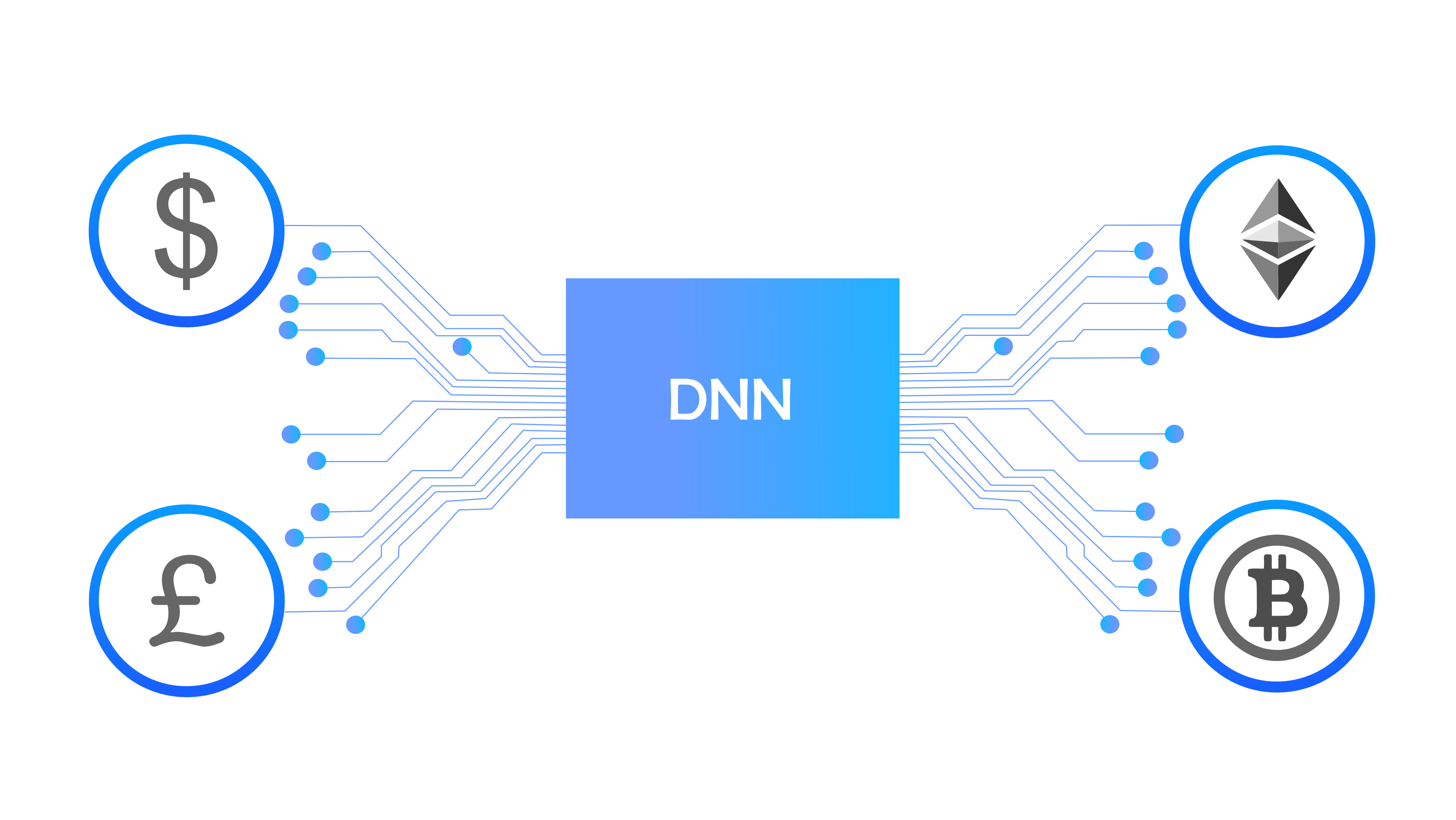Turing - Complete
AI Powered next generation blockchain built for Web3 interoperability & beyond.
Lithosphere’s goal is to establish a platform-level public chain in the digital economy era that as a key infrastructure for value transfer, can connect all kinds of value, provide complete financial functions, communicate diverse communities and tokens, and bridge the centralized and decentralized organizations to bring the Internet of Value as early as possible with a combination of AI & Deep Learning. This blockchain, which connects all tokens, does not require complex logic for various application scenarios. Its purpose is to create a layer of management across all blockchains, enabling all tokens to interact. Because it does not need to run heavy application logic, in its current usability it is capable of fulfilling various DeFi functions.

Deep Neural Networks (DNNs)
For the first time in smart contracts, Lithosphere implements DNN to make smart contracts intelligent by incorporating large-scale deep neural networks (DNNs) into the code, which has numerous potential applications. For instance, in decentralized finance (DeFi), a DNN might help detect abnormal token price movements, which could be part of a flash-loan attack. A decentralized autonomous organization (DAO) might trade tokens automatically with a DNN trained continually through reinforcement learning. A content creator might apply a generative adversarial network (GAN) to generate visual art images, and subsequently tokenize them as non-fungible tokens (NFTs) tradable in a decentralized exchange.

Proof of Stake
In classical Byzantine fault-tolerant (BFT) algorithms, each node has the same weight. In Lithosphere, nodes have a non-negative amount of voting power, and nodes that have positive voting power are called validators. Validators participate in the consensus protocol by broadcasting cryptographic signatures, or votes, to agree upon the next block. Validators’ voting powers are determined at genesis, or are changed deterministically by the blockchain, depending on the application. For example, in a proof-of-stake application such as the Ego DEX, the voting power may be determined by the amount of staking tokens bonded as collateral.

LEP100 Token Standard
LEP100 is the token development standard for the Lithosphere network proposed by Lithosphere creator, Joel Kasr. It is like Ethereum’s ERC20 with a friendly standard to allow anyone to use digital currencies or tokens in the Lithosphere network. You can also peg onto any networks by using any leading digital assets when you peg them with the LEP100 tokens.
The token is multi contract-compatible and has basic functionality like transferring, returning a balance, and viewing possession for a token. Unlike ERC20 or BEP20, a LEP100 token allows for a single contract to represent multiple fungible and non-fungible tokens to support a plethora of applications in everyday use. It is the most effective token for high-demand contract–compatible DeFI platforms, gaming platforms, NFT and more.
The LEP100 token standard supports token time-slicing in smart contracts. When a token is sliced it’s split up in two parts, one part can be described a slice limited in time (here TL can denote Time-Lent) and the other part can be described as an infinity end (here TL can denote Time Limited as its usefulness is limited for a time, but it’s not in fact locked). Both slices can, if desired, be sliced even further into another two slices of time opening doors for advanced DeFi like Futures & Options trading.